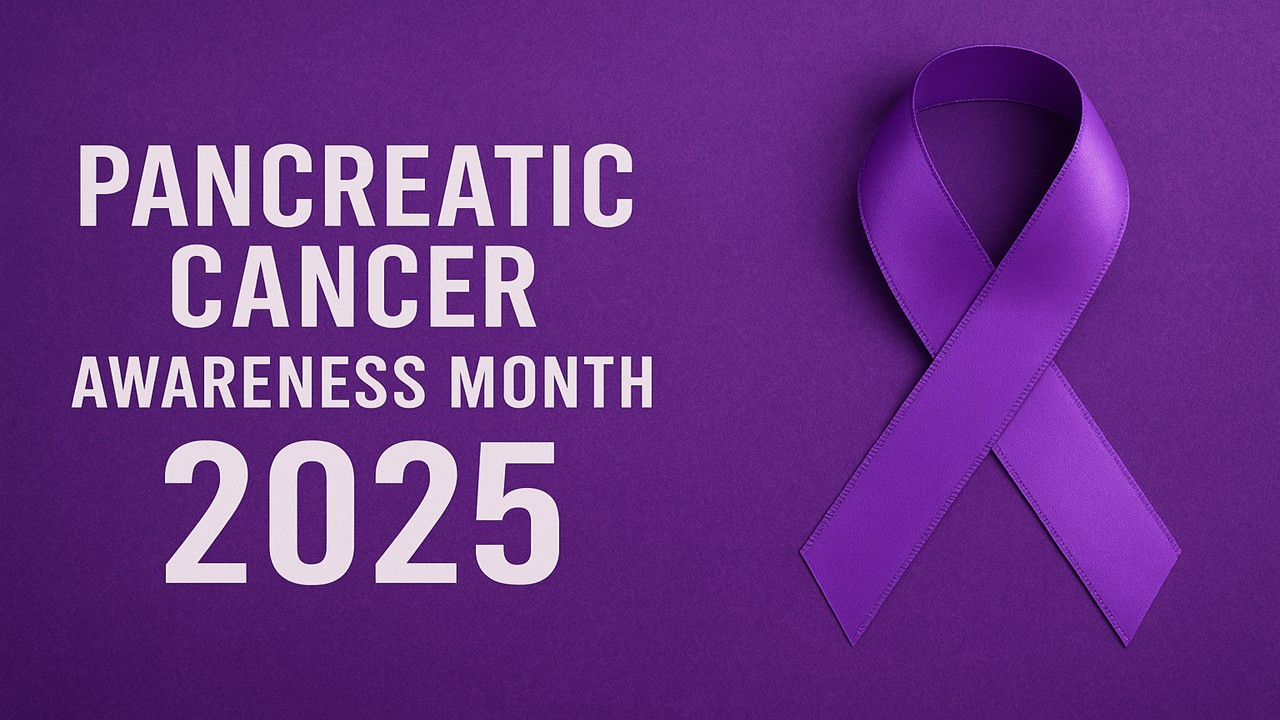Diversity and inclusion employment practices are in high demand. Integrating a diversity and inclusion framework into all sectors of a pharmaceutical organization will enhance leadership, employee engagement, company culture and behavioral competencies. One common misbelief is that diversity and inclusion is just for big pharma. When building innovative teams, small to mid-sized companies have also recognized its significance.
It is important that you have a concrete roadmap, framework or guide ready to implement these practices. Afterall, diversity and inclusion isn’t a code of conduct set in stone but more so a work in progress.
How can you include a diversity and inclusion framework within your employment practices or internal structures? Whether you are building a workable plan from scratch or simply improving it, the following methods can help develop your diversity and inclusion framework.
Acknowledge Unconscious Biases
Unconscious bias training for employees and employers is a step forward in combating hidden and deeply ingrained biases. Diversity consists of qualities and traits that are unique to everyone. Below are some examples (but not an entirely exhaustive list) of these main attributes:
- Race
- Gender
- Religion
- Disability
- Age
- Nationality
- Beliefs
- Skills
- Income
- Language
- Geographical Location
If you think that certain candidates are incapable of fulfilling job requirements or taking on leadership duties due to racial or gender stereotypes, that is an act of unconscious bias. Unconscious bias training programs aid in removing prejudiced thinking and systematic inequalities.
Diversity And Inclusion Workshops and Resources
Pharma companies must ensure that diversity and inclusion programs are taken seriously and turn them into long term components of their diversity and inclusion framework plan. A brief instruction in workplace bias won’t immediately initiate real change; the continuous education of unconscious biases will help your employees evolve throughout their careers.
Pfizer has held several internal programs for equity — including the “Becoming an Inclusive Leader” workshop to address racism and unconscious biases in leadership. In 2021, innovative global healthcare company Sanofi held a “Challenge your Bias Marathon” in which participants shared their experiences with stereotypes and how they overcame them.
Employee resource groups (ERGs) are a powerful mechanism used to promote diversity and inclusion from within the organization. They are created and led by employees who share similar backgrounds, characteristics or any other interests to communicate or connect with each other.
Contract research organization Syneos Health, uses ERGs as a channel to build a sense of community, enhance leadership skills and foster an environment where employees can bring their full selves to work. Some of their current ERGs are for Persons with Disabilities, Syneos Health Women’s Group, Developing Professionals, Veterans and more.
Sharing stories helps people relate to one another and understand each other’s obstacles. As a result of these workshops and programs, both employers and employees can become more thoughtful in their workplace. Leading them to be more empathetic in their behaviors towards one another.
Conduct KPI Measures and Equity Audits
Raising awareness through education is only one facet of the diversity and inclusion framework. At times, people respond better to actual policies in place. Integrating diversity and inclusion practices as a measured key performance indicator (KPI) can enhance your efforts.
Conducting equity audits is quickly becoming a growing phenomenon for pharma and biotech companies of all sizes. This includes compiling data on a company’s human capital, recruitment practices, retention rates, representation and pay equity.
Consider the following questions when collecting data:
- Does your company have a strong emphasis on hiring from underrepresented groups or marginalized groups and communities?
- Are you tracking the promotion rates of majority groups compared with marginalized groups?
- What percentage of marginalized or underprivileged groups occupy senior-level positions at your company?
- Is pay equitable in accordance with the specific role and not other biased conditions such as gender or age?
Analyzing this data can help you understand where you stand within your diversity and inclusion framework or whether your ongoing efforts are successful. It is a good idea to create graphs, charts or other visually-impactful presentations to communicate the information across your organization.
The transparency of diversity and inclusion data can build a good rapport with your current employees. Furthermore, sharing this data can also attract new talent looking to work in diverse and inclusive work environments. Diversity and inclusion values may also elevate your brand’s reputation.
Apart from the data-driven approach, qualitative interpretations can be gathered from employee feedback. Personal experiences are very helpful in assessing your framework as well. Data collection aids in evaluating trends and identifying gaps or opportunities for improvement to create a more diverse and inclusive culture.
Societal Impact and Community Outreach
Expand your diversity and inclusion framework by supporting society and initiating community outreach efforts. This proactive approach can bolster the future of diverse or equity-deserving populations within the pharma industry.
Pharmaceutical corporations are known for advocating and funding public health awareness campaigns or even tackling social or economic disparities. In June 2020, Eli Lilly held an “Indy Day of Solidarity” as a call to action against the racial injustices faced by African Americans and other marginalized communities in Indianapolis. The virtual event included key members of the community such as the mayor, city council members, local reporters and Eli Lilly’s Chair & CEO.
Establishing solid local roots is another way of dealing with social issues. For example, organizations within the pharma or biotech space can invest in local STEM education programs, grassroots or not-for-profit organizations and empowerment groups representing gender equality and gender diversity.
Global Life Science Leader Labcorp has an intern recruiting program focused on careers within science, technology, engineering, math and healthcare (STEM-H). Throughout the course of their global internship program in 2020, they kept diverse hiring practices in mind which lead to 31.7% of interns being underrepresented minorities. The interns were also given an opportunity to design and execute philanthropic programs and dedicate 1,192 hours to community service.
Local diversity and inclusion projects can build communal trust and have a higher chance of success. Often, it is difficult to track the impact of large public health or social change ventures. Thus starting small can actually prove to be more viable. However all projects, whether large-scale or local are of equal importance, but prioritizing levels of investments is what deserves careful thought. All in all, getting to the root of the issue is what truly makes a difference and this is a cyclical truth we notice and must always keep in mind.
Conclusion
We hope you found these tactics helpful and continue to be more conscious of diversity and inclusion framework implementation. Educating individuals in leadership positions about the importance and benefits of a diverse workplace can help eliminate some of these misconceptions. According to recent reports, 75 percent consider diversity a top priority for their organizations but 32 percent still believe that any diversity issues in the workplace could hinder their career progression. The diversity and inclusion officer can also be a worthy role to hire for in any pharma organization.
Professionals within the pharma industry must keep challenging their beliefs and thought patterns through an ethical lens. Overall, developing diversity and inclusion programs, holding leadership accountable for diversity policies and ensuring a diverse talent pipeline are the key steps for building a stronger business framework.
Are you interested in finding well-qualified diverse candidates within pharma or biotech? Here is a simplified step-by-step guide that can help you get started with our very own Xtalks Job Search, a valuable resource that can get your talent search started. If you have a question about Xtalks Job Search, speak to a customer support representative directly via LiveChat or drop us a message here.












Join or login to leave a comment
JOIN LOGIN